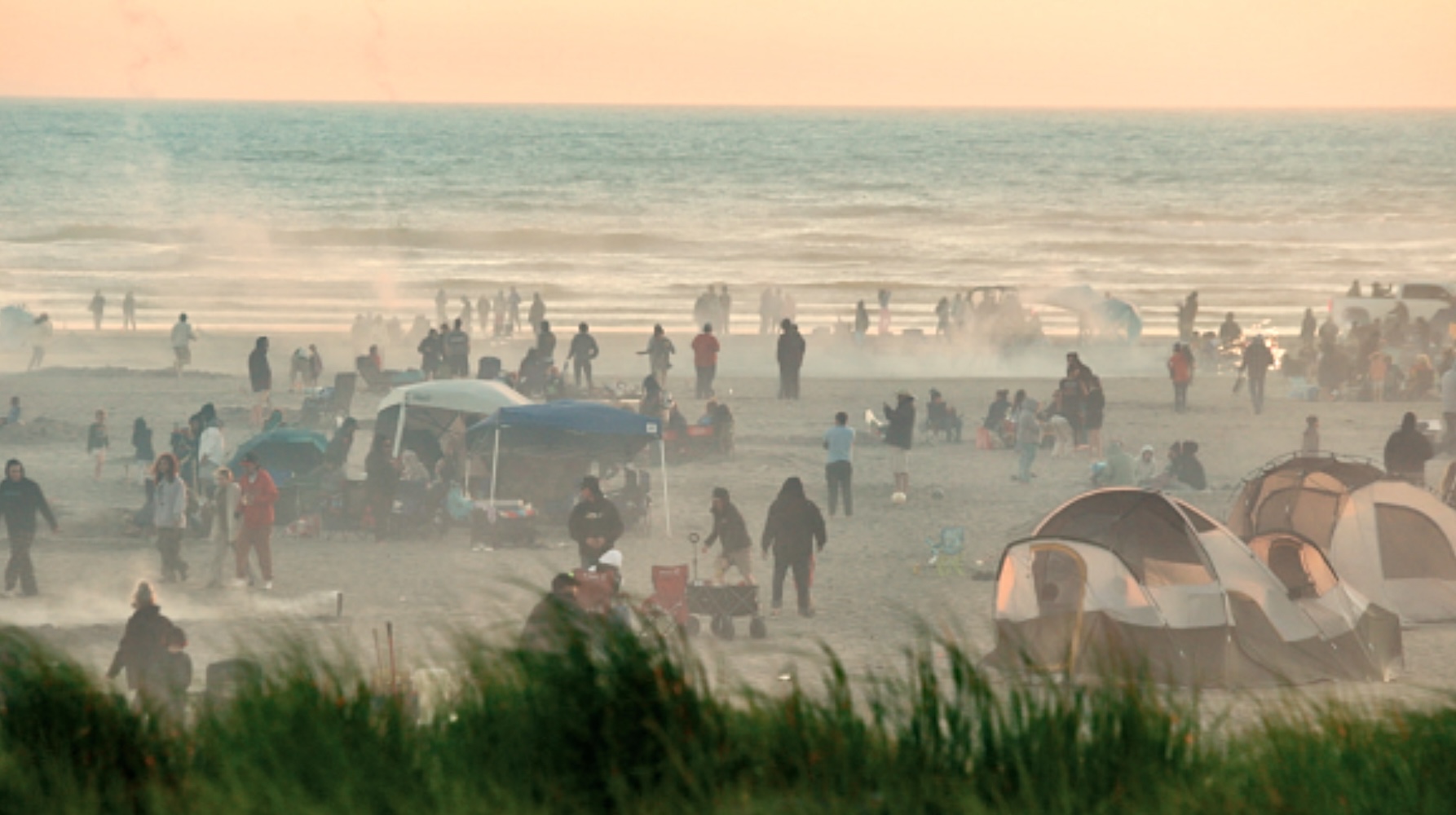Oysters: Our gourmet treat
Published 4:00 pm Monday, December 27, 2004

- Oystermen gather mature oysters from their bed on Willapa Bay. DAMIAN MULINIX photo
It’s the home of contented oysters. Willapa Bay is a unique mixture of salt and fresh waters providing a pristine estuary for the hard-shelled taste-treats.
Here oysters are grown, harvested, and shipped across the nation and around the world. The bay has well earned the title of Oyster Capital of the West Coast. The oysters bring an estimated $20 million dollars to the local economy annually.
Few industries in Pacific County can boast the payroll dollar output of the oyster business.
Once a highly seasonal operation, oystering has become a year-around proposition, with the mollusks constantly being moved to different beds to enhance their growth.
Spring and summertime are primarily seasons for the companies to monitor natural spawning, lay out shells upon which to set the “spat” – or oyster larvae – and set the spat on shells in setting tanks. But it’s no quick process. It takes three to four years from spat to dining table.
Fall and winter are the seasons for primary oyster gathering, shell opening, canning and shipping. The busiest months are October through December when Thanksgiving and Christmas seasons generate peak demand.
Oyster gathering in Willapa Bay is limited to commercial growing and harvesting. The Port of Peninsula leases more port-owned tidelands to the oyster industry than any other public port in the U.S.
Mountains of bleached shells from the oystering operations can be seen at the Port of Peninsula at Nahcotta. The canneries themselves, however, generally do not conduct tours.
But remember, if you have a hankering to harvest a few, all oysters are privately owned and it is a violation of law to remove the oysters or the shells from the tidelands. Oysters may be purchased at various places along the Peninsula.









